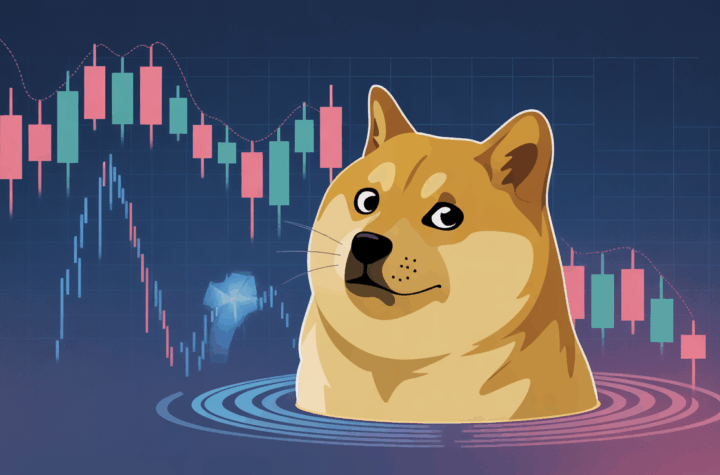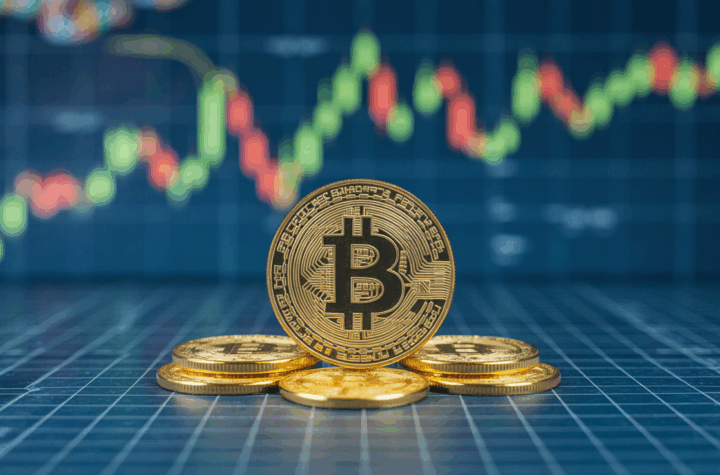
Bitcoin Steadies Above $87K as Investors Watch U.S. Tariffs and Inflation Trends
Bitcoin (BTC) held firm above $87,000 during Asian trading hours on Wednesday, with traders closely watching upcoming U.S. economic data and the potential impact of new tariffs set to take effect on April 2. As uncertainty lingers, market participants remain cautious, limiting major price swings.
Most leading cryptocurrencies saw modest gains over the past 24 hours. Solana (SOL), XRP, Binance Coin (BNB), and Ethereum (ETH) edged up by less than 3%, while memecoins showed stronger momentum—Dogecoin (DOGE) surged 5.5%, marking its second consecutive day of increases.
Other speculative assets, including Pepe (PEPE) and Mog (MOG), also saw gains, reflecting their close correlation with Ethereum’s price action. Meanwhile, Shiba Inu (SHIB) jumped 11%, fueled by increased investor appetite for riskier tokens and a 228% spike in activity on its decentralized exchange, ShibaSwap, over the past month. SHIB futures open interest has climbed more than 20% since Sunday, signaling expectations of increased volatility.
Traders Remain Cautious Amid Macroeconomic Uncertainty
Despite short-term rallies, broader economic concerns continue to weigh on markets. A pullback in momentum-driven equity trades has pushed institutional investors toward a more defensive approach.
“We anticipate a continued recovery heading into the end of March, with the next big market-moving event being Trump’s ‘Liberation Day’ tariff announcement on April 2,” said Augustine Fan, Head of Insights at SignalPlus, in a message to CoinDesk. He added that speculation about a more measured tariff response could help stabilize U.S. equities and, in turn, boost risk assets, including Bitcoin.
Fan also pointed out that crypto remains closely linked to traditional markets. “Without a strong sector-specific catalyst, digital assets will continue to trade in line with broader macroeconomic trends. However, recent developments, such as Coinbase and Kraken’s expansion efforts, reinforce optimism about the long-term market trajectory,” he noted.
Meanwhile, analysts at QCP Capital observed that April has historically been a strong month for risk assets.
“The S&P 500 has delivered an average annualized return of 19.6% in Q2, while Bitcoin has historically performed well during this stretch, second only to Q4,” QCP stated. However, they cautioned that options market activity suggests traders are hesitant to fully commit to bullish positions until there is more clarity on tariff policies and macroeconomic conditions.
Inflation Data Could Influence Bitcoin’s Next Move
With Bitcoin trading in a narrow range, all eyes are now on the upcoming Personal Consumption Expenditure (PCE) report, set for release on March 28. As a key inflation gauge, the PCE index plays a crucial role in shaping Federal Reserve monetary policy and could significantly impact market sentiment.
A higher-than-expected PCE reading could signal persistent inflation, raising the likelihood of interest rate hikes, which may dampen risk appetite and put downward pressure on Bitcoin. On the other hand, a lower PCE figure could increase the probability of rate cuts, boosting liquidity and providing support for Bitcoin’s price as investors turn to speculative assets.
As market participants await these key developments, Bitcoin’s next major price movement will likely be dictated by shifts in investor sentiment surrounding tariffs and inflation trends.






More Stories
DOGE drops to $0.18 amid long-term holder exits and a looming death-cross price pattern.
Asia Markets: Cautious Calm Settles Over Bitcoin as Risk Positions Rebuild
“Analyst Dubs It ‘Bitcoin’s Silent IPO’ While Dissecting Market Stagnation in Viral Essay”